Cybersecurity's Foundational Approach to Risk, Best Practices, and Strategies such as Zero Trust stopping hacks with the Holy Grail of Security!
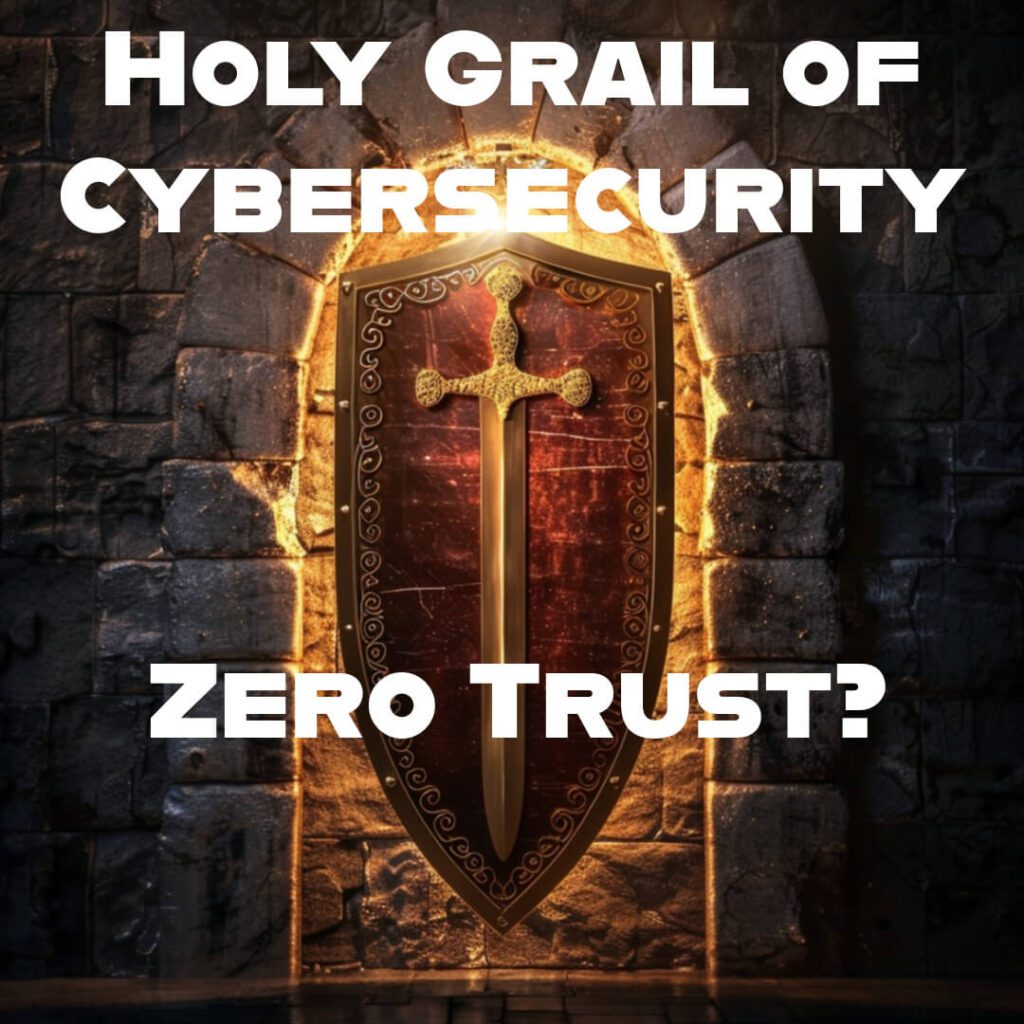
Understanding Cyber Hacks and Hackers
Cyber hacks are malicious attempts by hackers to breach computer systems or gain unauthorized access to sensitive data. Hackers, also known as attackers, exploit vulnerabilities in hardware and software to carry out cyber attacks. These breaches can lead to significant data breaches and financial losses for individuals and organizations.
There are various types of cyber hacks, including malware attacks, ransomware, and remote code execution. Cyber Hackers use a range of techniques to infiltrate systems, such as phishing emails, social engineering, and exploiting security vulnerabilities. These attacks can pose a significant threat to data security and privacy.
Types of Cyber Hacks
Cyber hacks come in various forms, including malware attacks, ransomware, and remote code execution. Malware is malicious software designed to disrupt, damage, or gain unauthorized access to computer systems. Ransomware encrypts valuable data and demands payment for its release. Remote code execution allows attackers to run arbitrary code on a target system.
Ransomware is a type of malicious software that encrypts a user’s data and demands payment to decrypt it. These attacks can result in significant financial losses and data breaches for individuals and organizations. Remote code execution exploits vulnerabilities in software to execute arbitrary code on a target system, allowing attackers to take control of the system.
Common Hacker Techniques
Hackers use various techniques to infiltrate computer systems and networks. Phishing emails are a common method used by hackers to deceive users into providing sensitive information or downloading malicious software. Social engineering techniques exploit human psychology to manipulate individuals into divulging confidential information.
Exploiting security vulnerabilities is another common technique used by hackers to gain unauthorized access to systems. By identifying and exploiting vulnerabilities in hardware and software, hackers can bypass security controls and gain access to sensitive data. Understanding these common hacker techniques is essential for implementing effective cybersecurity measures.
Vulnerabilities Exploited by Hackers
Hackers often exploit vulnerabilities in computer systems and networks to gain unauthorized access. These vulnerabilities can exist in hardware, software, or configurations and provide attackers with a pathway to infiltrate systems. Common vulnerabilities include outdated software, misconfigured security settings, and weak passwords.
By exploiting these vulnerabilities, hackers can bypass security controls and gain access to sensitive data or control systems. Vulnerabilities are unfortunately prevalent in today’s interconnected world, highlighting the importance of proactive cybersecurity measures to identify and remediate potential security risks.
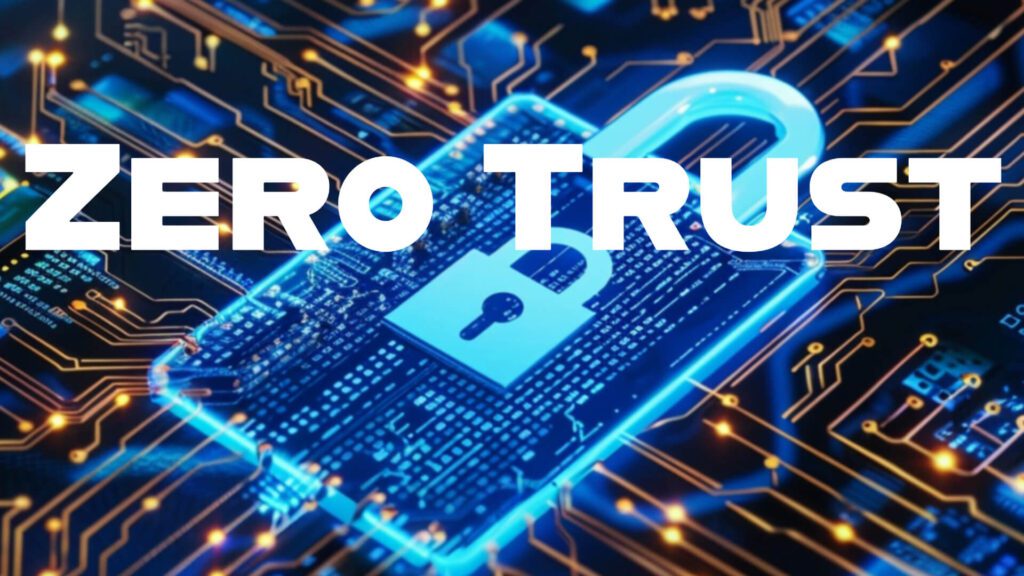
The Pursuit of the Cybersecurity Holy Grail: Achieving True Zero Trust
The quest for the holy grail of cybersecurity involves the continuous pursuit of strategies and technologies to prevent cyber attacks instantly. However, this goal poses several challenges due to the evolving nature of cyber threats and the sophistication of hackers. Achieving the ultimate level of cybersecurity remains a constant battle for organizations and security professionals. This is why those that understand are pursuing Zero Trust.
Endpoint defense plays a crucial role in cybersecurity by protecting individual devices and endpoints from cyber attacks. Implementing robust endpoint security solutions is essential for detecting and mitigating potential threats before they can cause harm. While achieving the holy grail of cybersecurity may be a lofty goal, endpoint defense is a critical step in enhancing overall security posture.
In the ever-evolving landscape of cybersecurity, the ultimate goal, or the “Holy Grail,” is to attain a state of true Zero Trust. This concept involves a fundamental shift in mindset, moving away from the traditional “trust but verify” approach to an unwavering “never trust, always verify” stance. The pursuit of the Holy Grail in cybersecurity is a relentless quest to establish a security posture that ensures no malware, exploits, or unknown threats can impact systems, businesses, or organizations.
Traditional Approaches: Noble but Insufficient in Achieving Cybersecurity Holy Grail
Despite advances in cybersecurity technologies, achieving the holy grail of cybersecurity remains a daunting challenge. The evolving nature of cyber threats and the increasing sophistication of hackers pose significant obstacles to preventing cyber attacks instantly. Organizations must continuously adapt their security strategies to address new and emerging threats effectively.
The interconnected nature of modern IT environments also presents challenges in securing endpoints and data against cyber attacks. Hackers often exploit vulnerabilities in hardware and software to infiltrate systems and steal valuable data. Enhancing cybersecurity defenses to mitigate these risks requires a multi-faceted approach that combines proactive monitoring, threat intelligence, and rapid incident response capabilities.
While various cybersecurity strategies and technologies have been developed to combat cyber threats, they often fall short of providing comprehensive protection. Techniques such as detection and response, while noble in their intent, ultimately rely on the ability to identify and mitigate threats after they have already infiltrated systems. This reactive approach, no matter how efficient or rapid, fails to address the inherent vulnerability of allowing malicious code to execute, even momentarily.
The Illusion of Detection: A False Sense of Security
The reliance on detection-focused solutions creates an illusion of security that can be shattered by advanced threats or zero-day vulnerabilities. Even the most sophisticated detection mechanisms can be bypassed by sophisticated attackers or undiscovered vulnerabilities, leaving organizations exposed to potentially devastating consequences.
Embracing a Multi-Layered Approach
While achieving true Zero Trust is the ultimate goal, a multi-layered approach to cybersecurity is essential. Complementary strategies such as Security Information and Event Management (SIEM) solutions, Endpoint Defense and Response (EDR), Managed Extended Detection and Response (MXDR) services, robust password management, endpoint security policies, data encryption, and securing remote access contribute to an organization’s overall security resilience.
Summary of Zero Trust
However, it is crucial to recognize that these measures, while valuable, do not individually constitute the Holy Grail. They serve as supporting pillars in a comprehensive cybersecurity strategy, fortifying defenses and enhancing preparedness. We start with three main areas to defend an environment, endpoint, finding exploitable vulnerabilities continuously and shoring up your 3rd party risks (e.g. software supply chain, vendors, outside connections, etc…). But its important to review the best practices and strategies to stopping hackers attack first before getting into this question of whether their is gold at the end of the rainbow for cybersecurity, we believe its centered around Zero Trust.
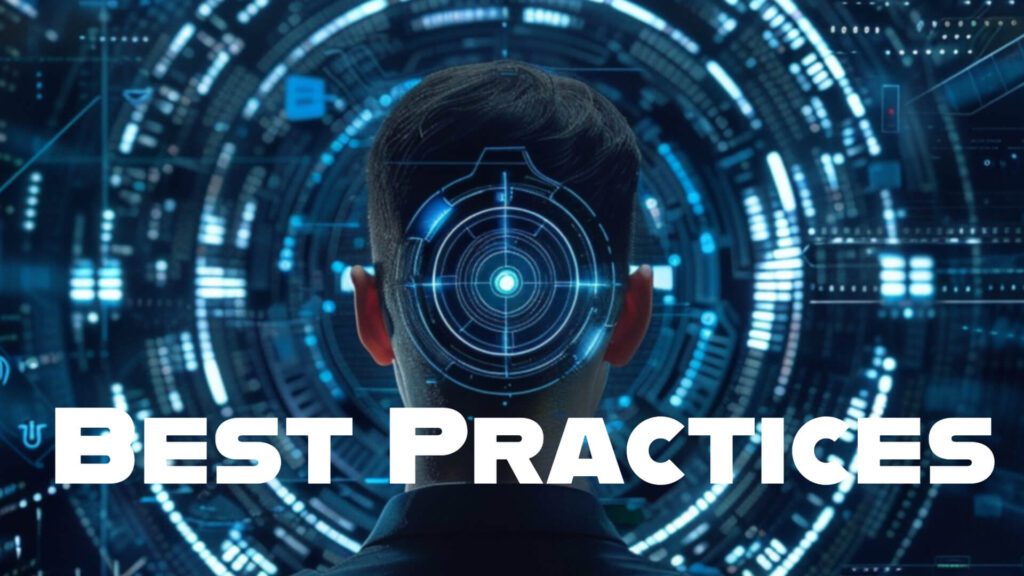
Preventing Cyber Hacks: Best Practices
Preventing cyber hacks requires organizations to implement best practices in cybersecurity and adhere to robust security policies. Password management and authentication mechanisms play a critical role in securing systems and preventing unauthorized access. By enforcing strong password policies and multi-factor authentication, organizations can reduce the risk of password-related breaches.
Endpoint security policies are essential in safeguarding individual devices from cyber attacks. By establishing comprehensive security configurations and access controls, organizations can mitigate the risk of endpoint vulnerabilities being exploited by hackers. Endpoint security policies should encompass regular software updates, patch management, and secure network configurations.
However, with todays advanced threats, the reliance on just detection alone should be considered a failure in your architecture. The concept of Zero Trust is the ultimate goal, but with detection focused solutions its impossible to achieve this state.
Password Management and Authentication
Effective password management is crucial in preventing unauthorized access to systems and sensitive data. Organizations should encourage employees to use strong, unique passwords for their accounts and avoid sharing credentials. Implementing multi-factor authentication adds an extra layer of security by requiring additional verification steps for user access.
Regularly updating passwords and changing them after security incidents or breaches helps mitigate the risk of credential compromise. Password management tools can assist users in creating and securely storing complex passwords for different accounts. By prioritizing password security and authentication best practices, organizations can enhance their overall cybersecurity resilience.
Endpoint Security Policies
Endpoint security policies define the security measures and configurations that govern individual devices within an organization’s network. These policies outline the requirements for securing endpoints from cyber threats, including malware, unauthorized access, and data breaches. By enforcing strict endpoint security policies, organizations can reduce the likelihood of successful cyber attacks.
Endpoint security policies should address aspects such as device encryption, access controls, and software restrictions to protect endpoints from malicious activities. Regular security audits and compliance checks help ensure that endpoints adhere to established security policies. By continuously monitoring and updating endpoint security measures, organizations can effectively prevent cyber hacks and safeguard critical assets.
Encrypting Sensitive Data
Encrypting sensitive data is a key security practice that helps protect information from unauthorized access during transmission and storage. Encryption uses complex algorithms to scramble data into an unreadable format, ensuring that only authorized parties can decipher the information. By implementing encryption protocols for sensitive data, organizations can enhance data confidentiality and integrity.
Organizations should prioritize encrypting sensitive data at rest and in transit to prevent data breaches and unauthorized disclosure. Encryption solutions such as secure sockets layer (SSL) and transport layer security (TLS) can secure data communications over networks. By incorporating encryption mechanisms into their security strategies, organizations can strengthen their defenses against cyber threats.
Understanding Malware and Ransomware
Malware and ransomware are common forms of malicious software used by cyber attackers to disrupt systems and extort victims for financial gain. Malware encompasses a range of software types, including viruses, worms, and Trojan horses, designed to infiltrate systems and cause damage. Ransomware encrypts files and demands payment for decryption, posing a significant threat to organizations.
To combat malware and ransomware effectively, organizations should implement antivirus software, firewalls, and email security measures. Regular security updates and patches help protect systems from known vulnerabilities exploited by malware. Educating employees on recognizing phishing emails and suspicious links can also help prevent malware infections and ransomware attacks.
Securing Computer Systems from Remote Access
Securing computer systems from remote access is essential in preventing unauthorized parties from gaining entry to sensitive data and intellectual property. Remote access security involves implementing secure authentication methods, access controls, and monitoring mechanisms to detect and prevent unauthorized access attempts. By securing remote access points, organizations can protect their systems from external threats.
Establishing secure virtual private networks (VPNs) and remote desktop protocols (RDP) helps create encrypted connections for remote access. Multi-factor authentication adds an extra layer of security by requiring users to provide additional verification beyond passwords. Regularly monitoring remote access activities and reviewing access logs can help organizations detect and respond to suspicious behavior promptly.
Role of Security Professionals in Preventing Cyber Attacks
Security professionals play an indispensable role in the pursuit of the Holy Grail. Their expertise in implementing robust security measures, monitoring systems, and responding to incidents is instrumental in mitigating cyber risks. By staying abreast of the latest cybersecurity trends and technologies, collaborating with cross-functional teams, and leveraging advanced solutions like Warden Endpoint Defense, security professionals can lead organizations towards the ultimate goal of achieving true Zero Trust.
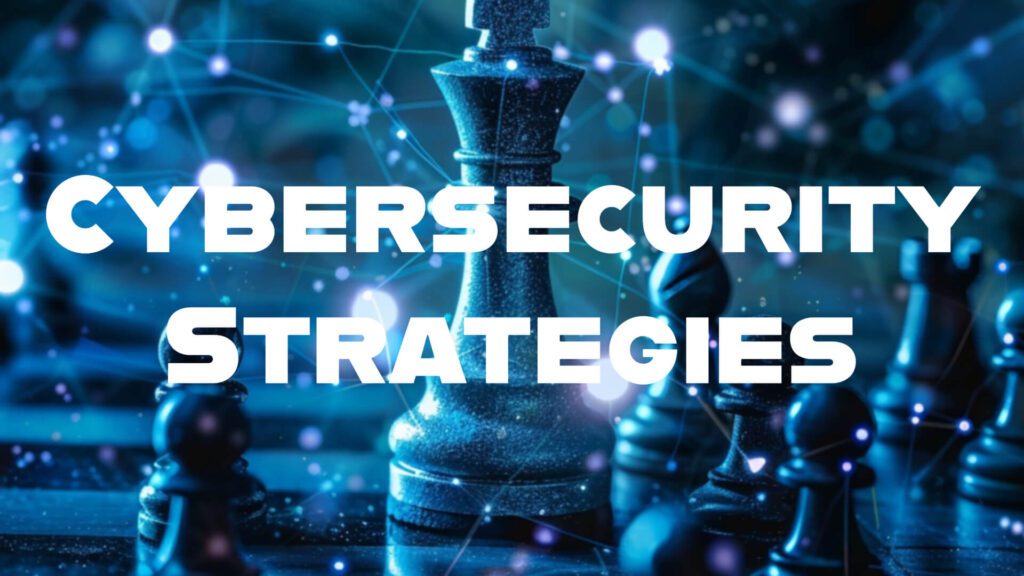
Effective Strategies Against Cyber Hacks
To defend against cyber hacks effectively, organizations must deploy a combination of proactive security measures and advanced technologies. Security Information and Event Management (SIEM) solutions provide real-time visibility into IT environments, allowing security teams to detect and respond to security incidents promptly. By leveraging SIEM solutions, organizations can enhance their threat detection capabilities and strengthen overall cybersecurity defenses.
Warden Endpoint Defense is an innovative security solution that combines advanced endpoint protection with threat intelligence capabilities. By integrating Warden into existing security infrastructures, organizations can enhance their ability to detect and mitigate cyber threats effectively. Warden Endpoint Defense empowers security teams to proactively defend against cyber attacks and protect critical assets from malicious actors.
Implementing SIEM Solutions
SIEM solutions play a critical role in strengthening cybersecurity postures by providing centralized visibility into security events and alerts. By aggregating and correlating security data from various sources, SIEM solutions enable organizations to identify potential threats and anomalies in real-time. Implementing SIEM solutions can help organizations streamline incident response processes and improve overall security incident management.
SIEM solutions also facilitate compliance with regulatory requirements by providing detailed audit trails and reporting capabilities. By leveraging SIEM solutions, organizations can demonstrate due diligence in protecting sensitive data and mitigating cybersecurity risks. Implementing robust SIEM solutions is a key strategy in achieving the holy grail of cybersecurity and fortifying defenses against cyber attacks.
Role of Endpoint Defense in Cybersecurity
Endpoint defense plays a crucial role in strengthening cybersecurity postures by protecting individual devices and endpoints from cyber threats. Endpoint security solutions are designed to detect and block malicious activities on devices, preventing unauthorized access and data breaches. By implementing robust endpoint defense mechanisms, organizations can enhance their overall security resilience and mitigate the risk of cyber attacks.
Endpoint defense solutions utilize advanced technologies such as endpoint detection and response (EDR) to monitor and analyze endpoint activities for suspicious behavior. These solutions help security teams identify and respond to potential threats in real-time, minimizing the impact of cyber attacks. Effective endpoint defense is a critical component of achieving the holy grail of cybersecurity and safeguarding organizations from evolving cyber threats.
Utilizing MXDR for Cybersecurity
Managed Extended Detection and Response (MXDR) solutions offer organizations a comprehensive approach to cybersecurity by providing advanced threat detection and response capabilities. MXDR services combine advanced analytics, threat intelligence, and automated response mechanisms to defend against cyber attacks. By utilizing MXDR solutions, organizations can enhance their security postures and mitigate the impact of cyber threats.
MXDR services leverage machine learning algorithms and AI-driven analytics to identify and respond to security incidents proactively. By continuously monitoring networks and endpoints for suspicious activities, MXDR solutions enable organizations to detect and neutralize threats before they can escalate. Implementing MXDR services is a proactive strategy in safeguarding against cyber hacks and achieving the ultimate goal of cybersecurity.
Introduction to Warden Endpoint Defense
Warden Endpoint Defense is a next-generation security solution designed to protect endpoints from advanced cyber threats. By combining endpoint protection with threat intelligence capabilities, Warden enables organizations to protect and respond to cyber attacks before they can happen. Warden’s innovative features, such as kernel level defense, AI/ML behavior-based threat detection and endpoint visibility, provide organizations with enhanced security against the ever evolving and endless supply of cyber threats.
By integrating Warden Endpoint protection into their security infrastructure, organizations can bolster their endpoint security postures and reduce the risk of data breaches or ransomware events. This technology has proven itself since Oct of 2020, as since its release it has yet to sustain a compromise or impact to any user leveraging it.
Warden’s proactive defense mechanisms and rapid incident response capabilities by the 24x7x365 team empowers organizations and their security teams to neutralize threats before they can cause significant impact or harm. Deploying Warden Endpoint protection is an effective strategy in the pursuit of the holy grail of cybersecurity. Its basically Zero Trust out of the box!
The Real Challenge Human Cognitive Basis
This is quite a revelation, so why aren’t most people leveraging this solution? It is a belief, understanding, along with a foundational knowledge, skills and abilities challenge. The industry is basically not looking for a solution like this. As it does not feed into a model of finding bad things, telling you are at risk, bad things happen, they can’t stop them due to their model, they charge you for response and restoration of services, sell you more capabilities and the cycle repeats and repeats and we are left in todays environment.
But first, let’s review what everyone else is going to tell you why this holy grail is impossible, or how they intend to solve it.
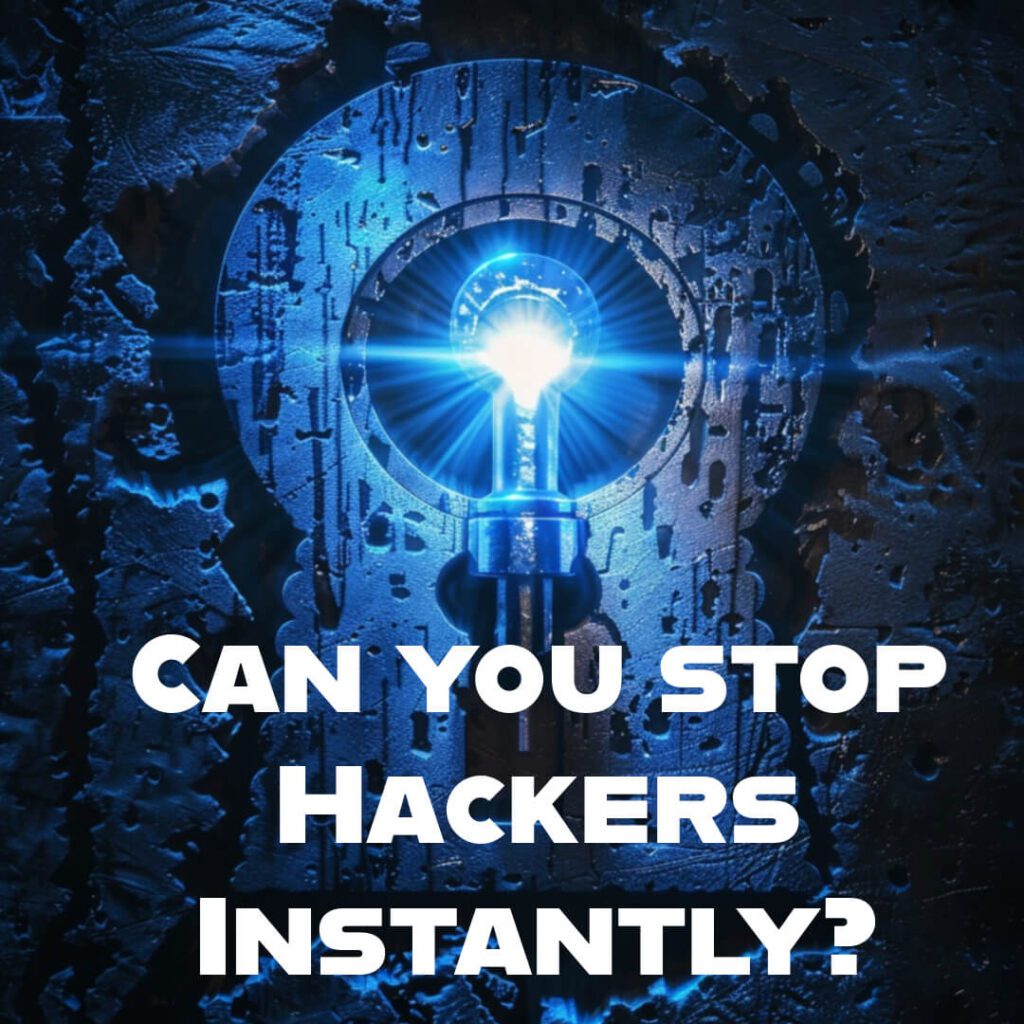
Can you stop Hackers Instantly?
The journey towards the Holy Grail of cybersecurity is a continuous and evolving endeavor, requiring unwavering dedication and a commitment to embracing cutting-edge technologies and strategies. Solving the cybersecurity problem entirely and instantaneously remains an elusive goal as the overall industry will tell you due to several inherent challenges and limitations as listed below:
1. Sophisticated Threat Landscape:
Cyber threats are continually evolving, becoming more sophisticated and diverse over time. Threat actors, including hackers, nation-states, and cybercriminal organizations, constantly develop new attack techniques, exploit vulnerabilities, and employ advanced evasion tactics to bypass security defenses.
2. Human Factor:
Human error and insider threats pose significant challenges to cybersecurity. Despite technological advancements, humans remain susceptible to social engineering attacks, phishing scams, and unintentional security lapses, highlighting the importance of ongoing education, training, and awareness programs.
3. Complexity of IT Environments:
Modern IT environments are increasingly complex, comprising diverse technologies, interconnected systems, cloud services, mobile devices, and IoT devices. Managing and securing these complex environments requires a holistic approach, integrating multiple security solutions and strategies tailored to specific use cases and risk profiles.
4. Zero-Day Vulnerabilities:
Zero-day vulnerabilities, which are unknown and unpatched software flaws exploited by attackers, pose significant risks to organizations. Detecting and mitigating zero-day exploits require advanced threat detection capabilities, proactive security measures, and rapid response mechanisms.
5. Resource Constraints:
Organizations often face resource constraints, including budgetary limitations, staffing shortages, and competing priorities, which can hinder their ability to implement robust cybersecurity measures, conduct regular security assessments, and maintain adequate security posture.
6. Regulatory Compliance:
Compliance with regulatory requirements and industry standards adds another layer of complexity to cybersecurity. Organizations must navigate a complex landscape of legal and regulatory frameworks, ensuring compliance while balancing security, privacy, and operational requirements.
7. Supply Chain Risks:
The interconnected nature of supply chains introduces additional cybersecurity challenges, as organizations rely on third-party vendors, suppliers, and service providers. Supply chain attacks, such as software supply chain compromises and vendor-related breaches, can have far-reaching consequences, necessitating robust supply chain risk management practices.
While concepts like Zero Trust offer promising approaches to enhance security posture by adopting a least-privileged access model and continuously verifying trust in users, devices, and applications, achieving comprehensive cybersecurity remains a continuous journey rather than a destination.
Cybersecurity Industries Answer is “No” – Unless it follows their Doom Loop of more Cow Bell!
They would tell you that you would need to address these challenges and move towards a more secure future, organizations must adopt a holistic and proactive approach to cybersecurity, incorporating people, processes, and technology, fostering a culture of security awareness and resilience, and embracing emerging technologies and best practices to stay ahead of evolving threats. Additionally, collaboration, information sharing, and collective action among stakeholders in the cybersecurity community are essential to tackle common challenges and enhance overall cyber resilience.

Dispelling Cybersecurity Doubt with Warden: A Paradigm Shift in Action
In today’s volatile cybersecurity landscape, doubt shrouds the efficacy of traditional security solutions. Legacy giants like Palo Alto Networks and McAfee are under scrutiny, as experts question the viability of detection-based strategies against evolving threats. Enter Warden, a revolutionary auto-containment system challenging the status quo, against the belief that the holy grail can not be found.
It creates an impenetrable shield around all unknown files attempting to breach devices, preventing them from making any changes with kernel level protection. Warden is positioned as an out-of-the-box marvel that seamlessly ushers organizations into the Zero Trust framework, offering immediate defense against threats to systems, digital assets, intellectual property, and the costly downtime resulting from malware, theft, ransomware, and more.
1. Zero Trust Foundation:
Warden embodies the foundational shift encapsulated in Zero Trust. Unlike traditional models relying on implicit trust, Warden adopts a proactive stance, beginning with securing endpoint devices from the outset. By prioritizing endpoint defense, Warden disrupts the hacker’s playbook, ushering organizations into a new era of continuous validation and verification.
2. Preemptive Defense Against Unknown Risks:
In the quest to thwart unknown threats, Warden takes center stage. Traditional approaches, shackled by reliance on known signatures, falter against dynamic adversaries. Warden’s proactive approach intercepts all unknown files, preventing them from breaching devices and inflicting harm. With Warden, you stay ahead of the curve, shielding against evolving threats in real-time.
3. Holistic Transformation of Cybersecurity Mindset:
Warden instills a culture of skepticism and perpetual scrutiny, challenging the conventional notion of trust. By embracing a comprehensive strategy encompassing continuous monitoring and stringent access controls, Warden reshapes how organizations perceive, implement, and sustain security in the digital landscape.
4. Countering Weaknesses of Detection-centric Approaches:
Traditional detection-centric strategies expose critical vulnerabilities in the face of adaptive adversaries. Warden addresses these weaknesses head-on by disrupting the hacker’s kill-chain. With a protection-centric approach, Warden intercepts all bad and unknown files, leaving cybercriminals thwarted at every turn.
5. Embracing the Future with Confidence:
As the digital landscape evolves, businesses must embrace innovative solutions to safeguard their assets. Warden stands as the definitive answer, pioneering a new era of cybersecurity resilience. Join us in the fight against cyber threats and secure your future with Warden.
With Warden, you can transcend the limitations of traditional cybersecurity, forging a path towards a more secure, resilient, and future-proof digital era. Don’t just adapt to change — lead it with Warden. Schedule a meeting today to learn how Warden can fortify your defense against cyber threats or take action now to protect your family or small organization.





